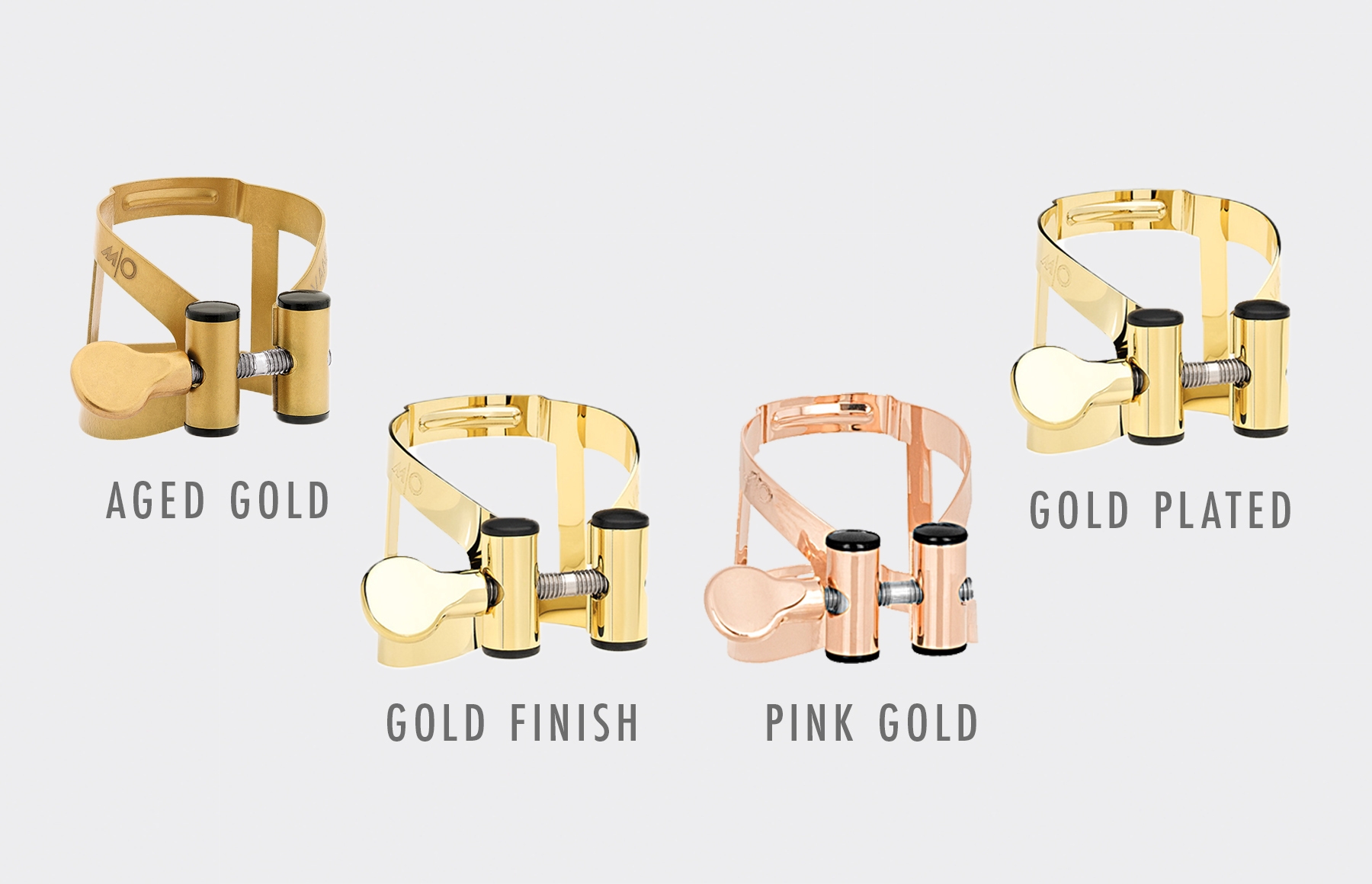Ligatures 101 for Band Directors
Date Posted: December 02, 2023
So you’ve got your students on a quality reed, a quality mouthpiece. Now’s the time you might ask, “What is this piece of metal holding the two together, and do I need to pay any attention to it?” Does that sound about right? Don’t worry, you’re not alone and we’re here to tell you everything you need to know. That piece of metal is called a ligature and, after the mouthpiece and reed, it is truly the icing on the cake. While any ligature can simply secure the reed to the mouthpiece, a quality ligature enhances reed and mouthpiece response, tone color, and even consistency.
Like mouthpieces, ligatures come in many different materials and designs - metal, leather, string, inverted, one-screw, two-screw, etc. In the end, manipulation of these elements and their contact points (where the ligature physically touches the reed) affect the way in which a reed vibrates. How this is perceived is very subjective, but for the sake of your sanity, we’ll generalize.
The more material touching the reed, the more of a dampening effect it can potentially have on reed vibration. Inversely, the less material coming into contact with the reed, the more freely the reed vibrates. This is why a thick leather ligature might be perceived as having a darker sound and a different feel than a thin, metal ligature with minimal contact points. See the figures below for a closer look at contact points.
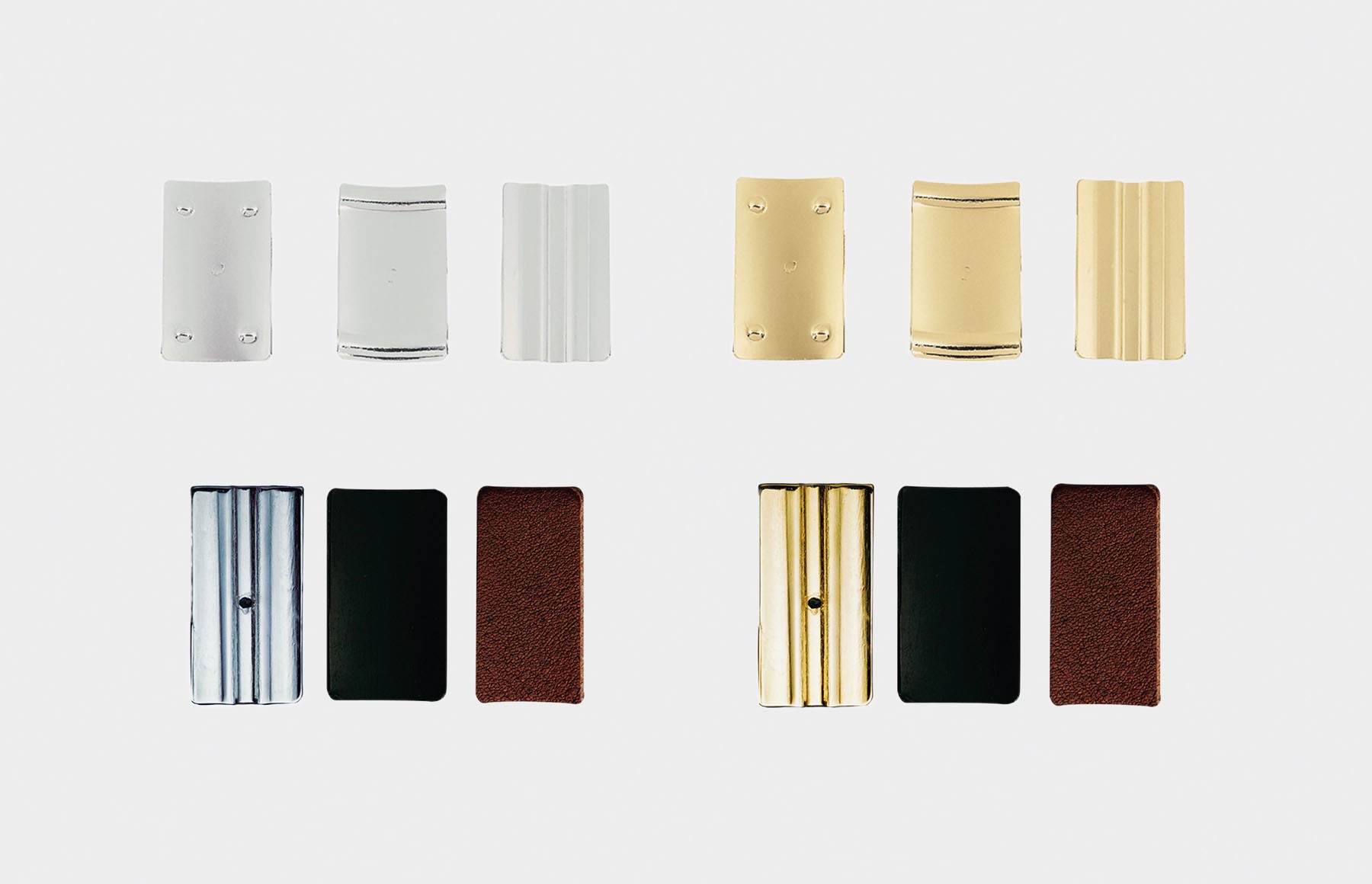
Optimum and Leather plates available for clarinet and saxophone
Concert Band Setting:
Depending on the type of music being played, or more often the tonal tendencies and/or concept of a particular player, a certain ligature might work better. So with that in mind it is important to consider the options that best fit your student’s playing style in order to ensure a perfect fit both for the student and for the sound of the ensemble. Here are some suggestions to get you started.
NOTE: All of the ligatures discussed below can be used in any style of playing. These are simply the options we recommend for your students to ensure you get the sound you are looking for. That said, everyone is different and it is possible that you will find an option different from our suggestions that works best for your ensemble.
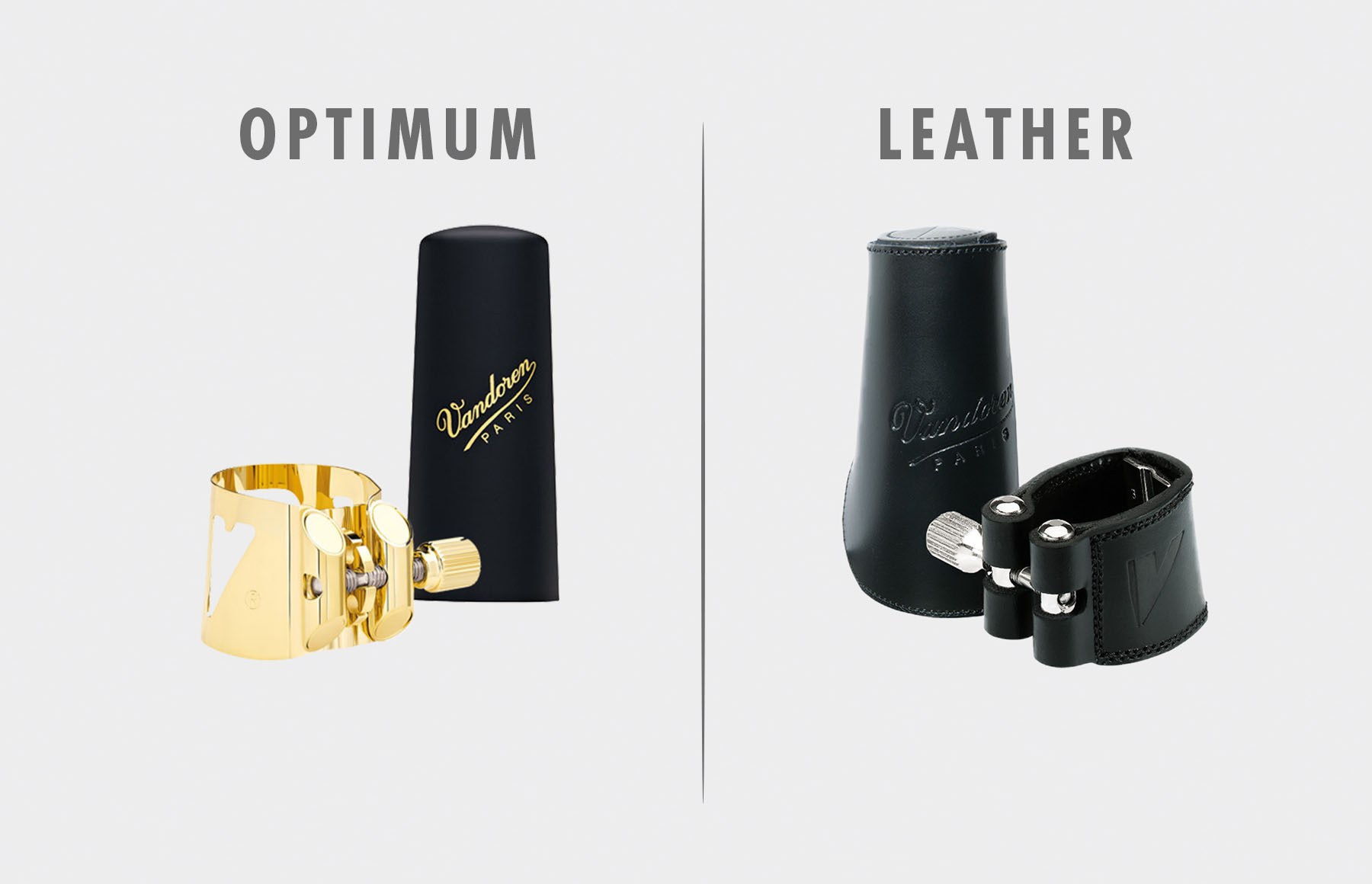
Optimum Ligature: the Optimum ligature is a great choice for both clarinet and saxophone. The three interchangeable plates provide a variety of tone colors from bright to dark and allow each student to find their desired sound while allowing you to find the desired tone for the ensemble.
Leather Ligature: The leather ligature works well for clarinets and saxophones alike as it allows your students to create a mellow blend. With saxophones in particular, it will tone down the edge in their sound and help to create a warm, rich blend across the section.
Jazz Band Setting
One of the greatest challenges young saxophone musicians face in a jazz setting is projection. You want to ensure that your saxophones can compete with the sounds of brass players and amplified rhythm section. Because of this, you need to find a ligature that is free-blowing and allows for greater projection.
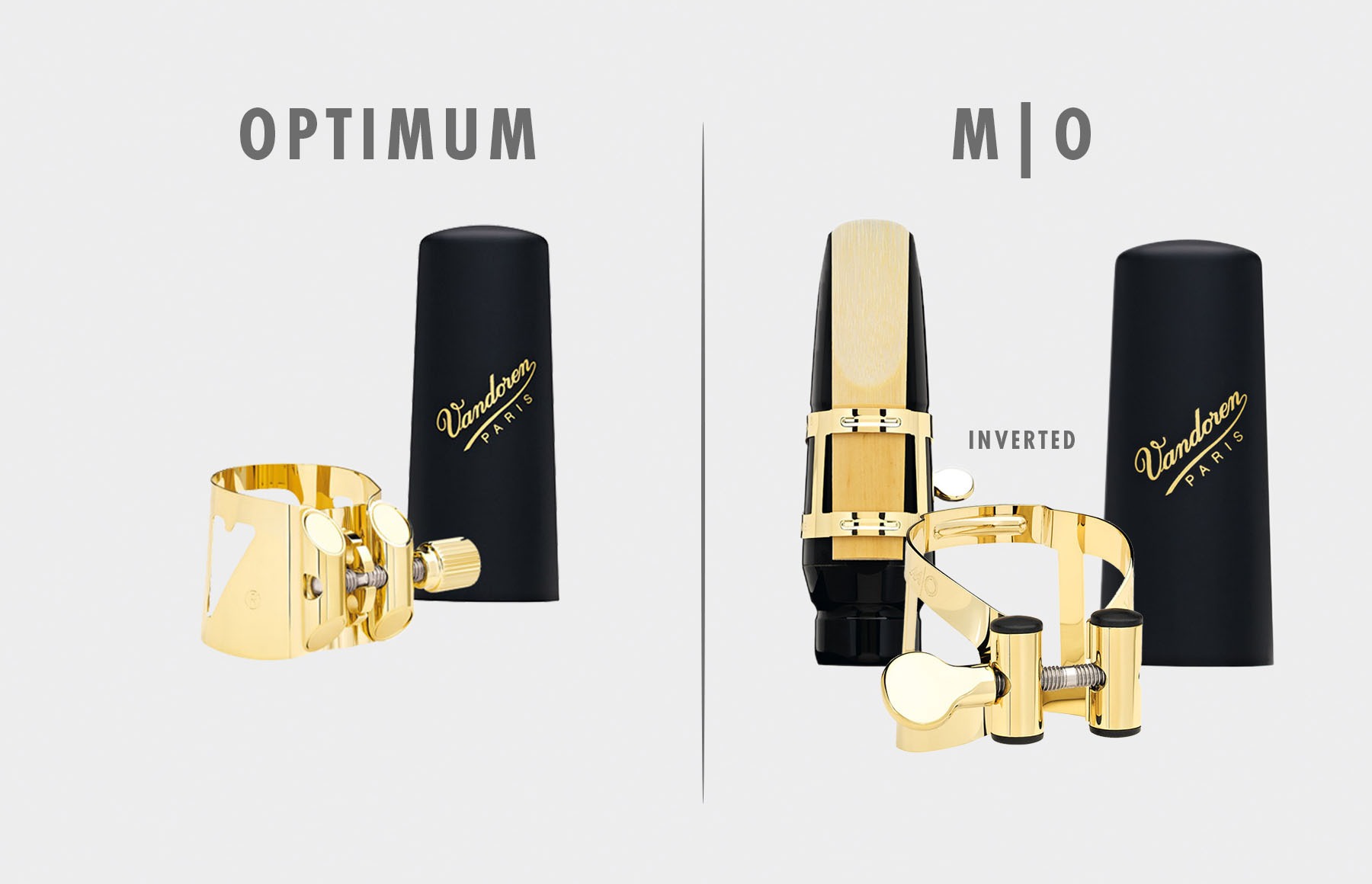
M|O Ligature: This ligature will help your saxophone section to compete with brass players. It is a free-blowing, extremely responsive ligature, which helps students to project more easily. As an added bonus, the M|O is one of our least expensive ligatures.
Optimum Ligature: The Optimum ligature is a great all-around ligature. Using the proper plate, the Optimum ligature can ensure that your saxophone section will be heard over the brass and rhythm sections.
Marching Band Setting
Similar to a jazz band setting, you want to be sure that your clarinets and saxophones are heard when they are marching. Because of this, it is important they have a ligature that allows for greater projection while maintaining that warm, blended sound.
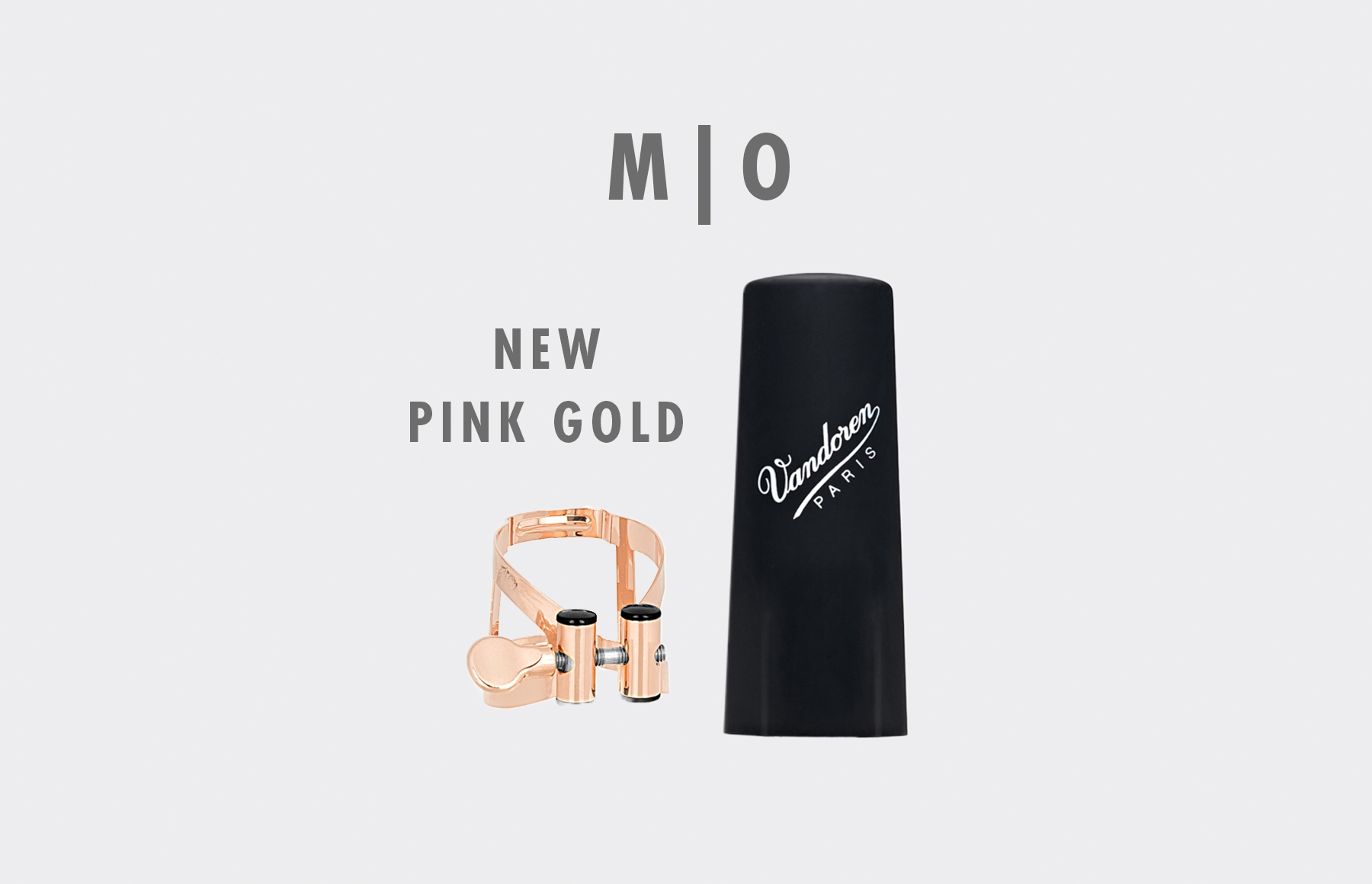
M|O Ligature: This ligature is a great choice for both clarinet and saxophone as it allows your students to project well and be heard over the brass and percussion sections, while maintaining a nice balance. As an added bonus, the M|O ligature is one of our least expensive ligatures.
Suggestions for Beginners
For beginners, the two main concerns when choosing a ligature are ease of playing and price point. You want to be sure your beginning students have a ligature that responds well and allows them to get a nice tone without having to over exert themselves or break the bank.
M|O Ligature: for clarinet, we recommend the black or pewter finish, as it provides the student with a warm, round tone without sacrificing their projection or ease of playing. For saxophone, we recommend the gold finish, as it too has a great response and provides the students with a round tone. As an added bonus, the M|O is one of our least expensive ligatures.
Clarinet
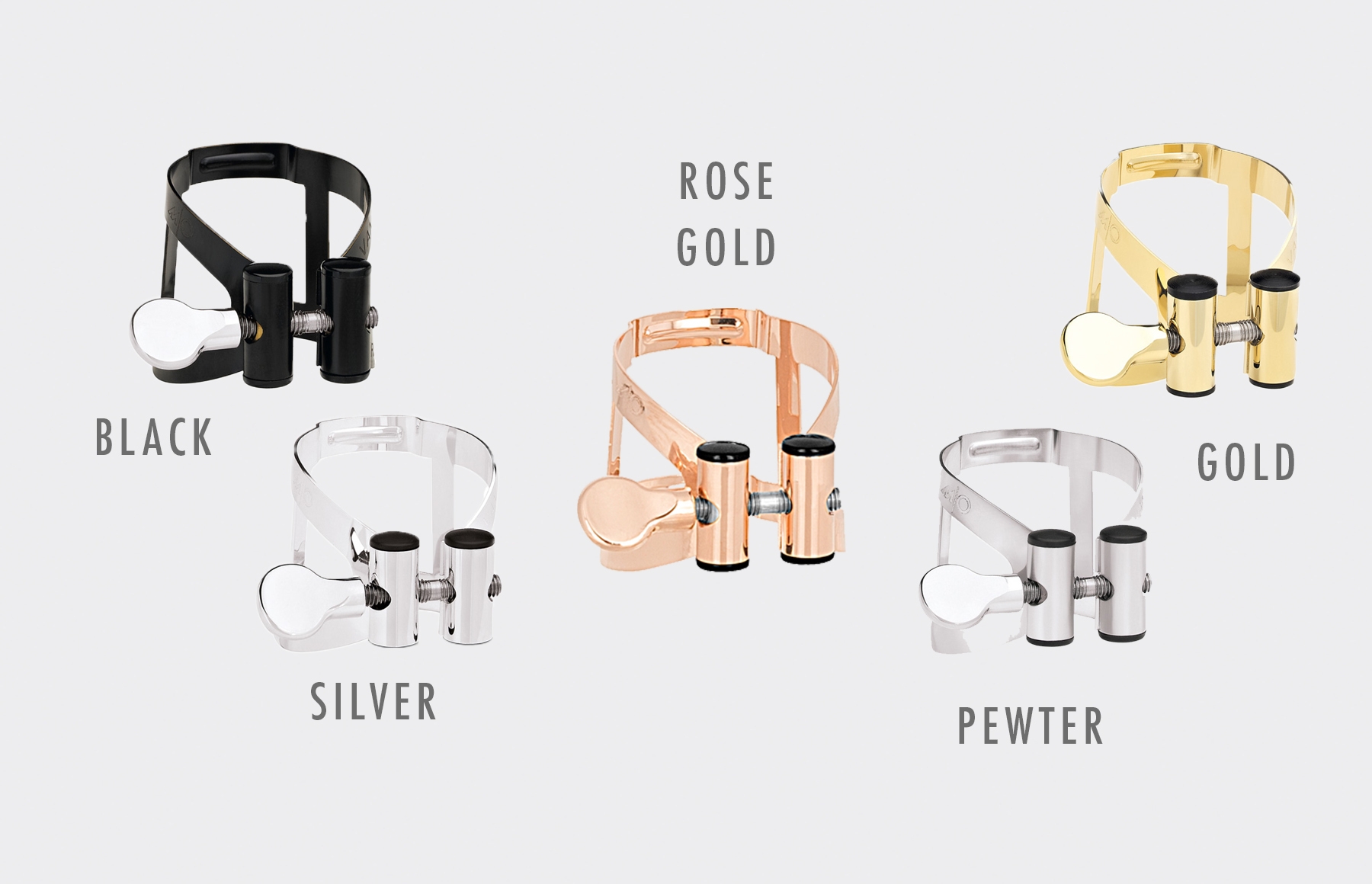
Saxophone
